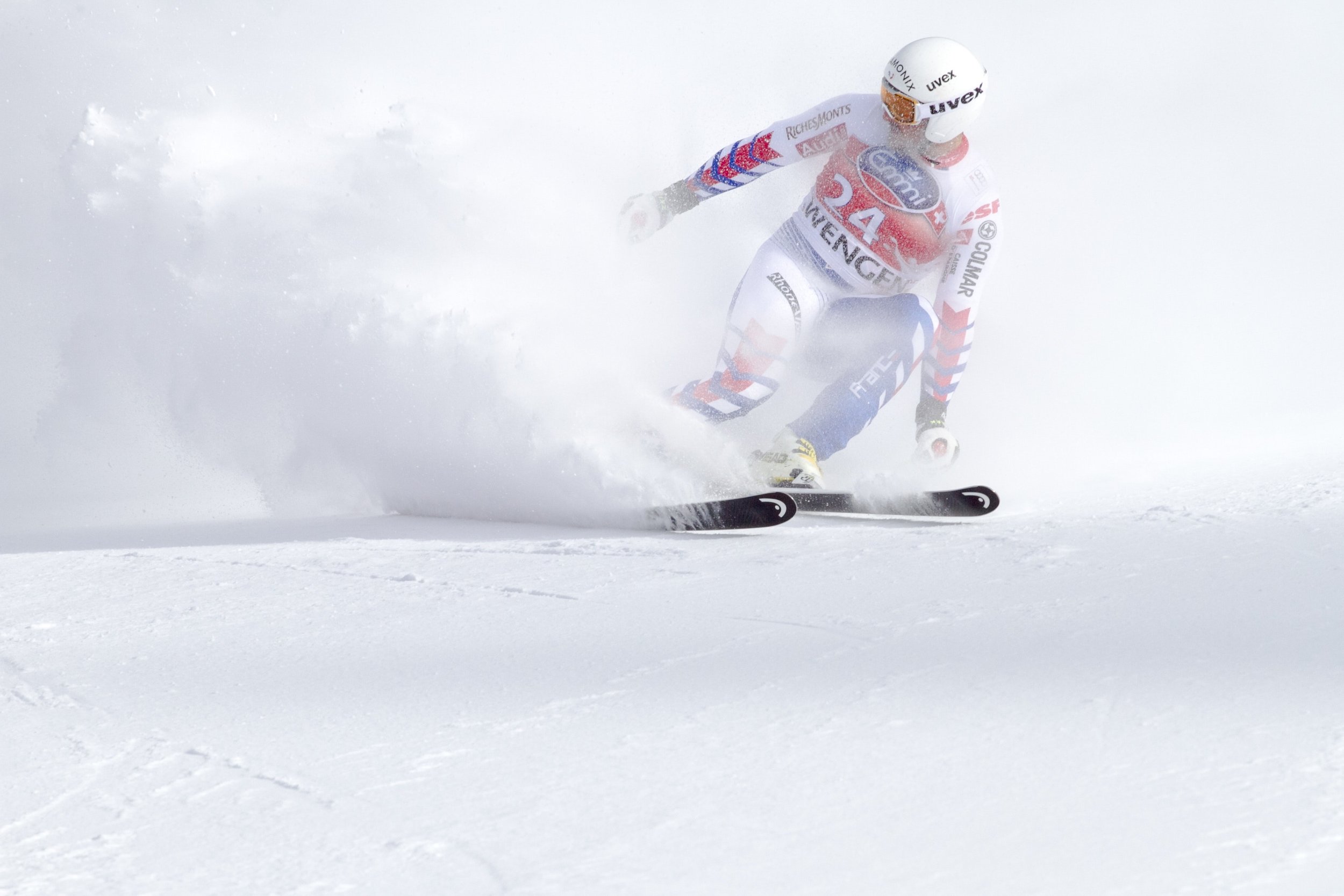In previous posts on ACL injuries we have discussed the rising incidence of knee injuries across multiple sports and events. As we enter ski and snow board season Mend will help manage an increased number of these injuries. The lower extremity is the most commonly affected body region for ski injuries with 1 in 3 injuries occurring at the knee joint (Florenes et al. 2009). On average, each injured skier loses 1 month of training or competition following the injury. In the most severe cases involving rupture of the ACL ligament in the knee an athlete will require Physical Therapy for up to 9 months before returning to high levels of skiing. Up until recently, it was not known what percentage of these injured athletes returned to prior levels of skiing.
A recent review in the American Journal of Sports Medicine followed 477 elite skiers from 1980-2013 to determine their ACL injury rates and ability to return to competitive skiing (Haida et al. 2015). These athletes competed in both speed (Giant and Super G) and technical events (Slalom) during their careers. Overall, 1 in 4 athletes sustained an ACL injury during their career but injuries were found equally between speed and technical disciplines. Each athlete who sustained an ACL injury and completed Physical Therapy returned to some level of competitive skiing. Interestingly, the career lengths of those who had sustained an ACL injury was longer than those who had not sustained an injury. The study demonstrated these athletes were able to return to high levels of competitive skiing including podium finishes. Athletes who sustained the injury prior to age 25 had the greatest chance of returning to high levels of competitive skiing and performance.

